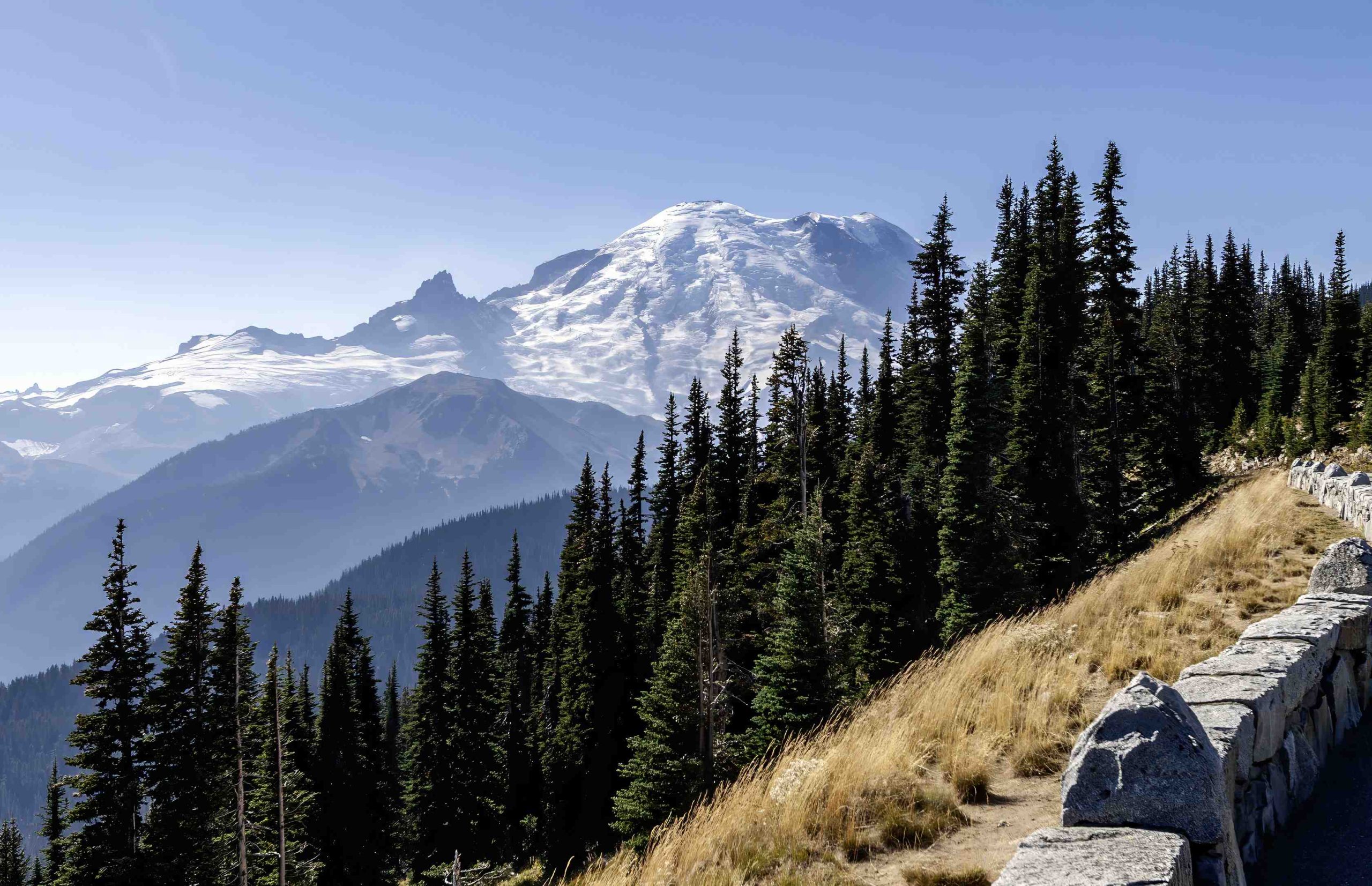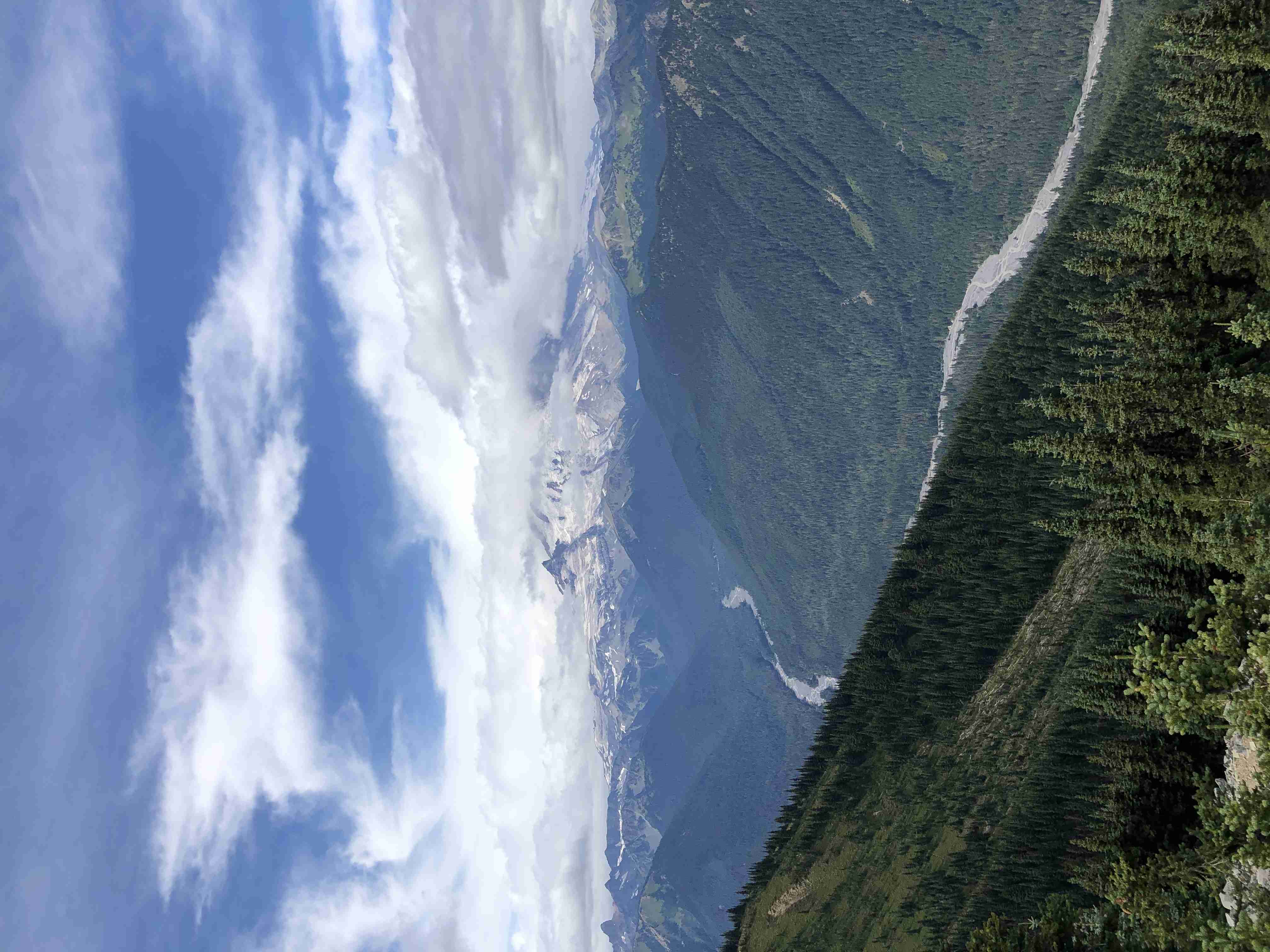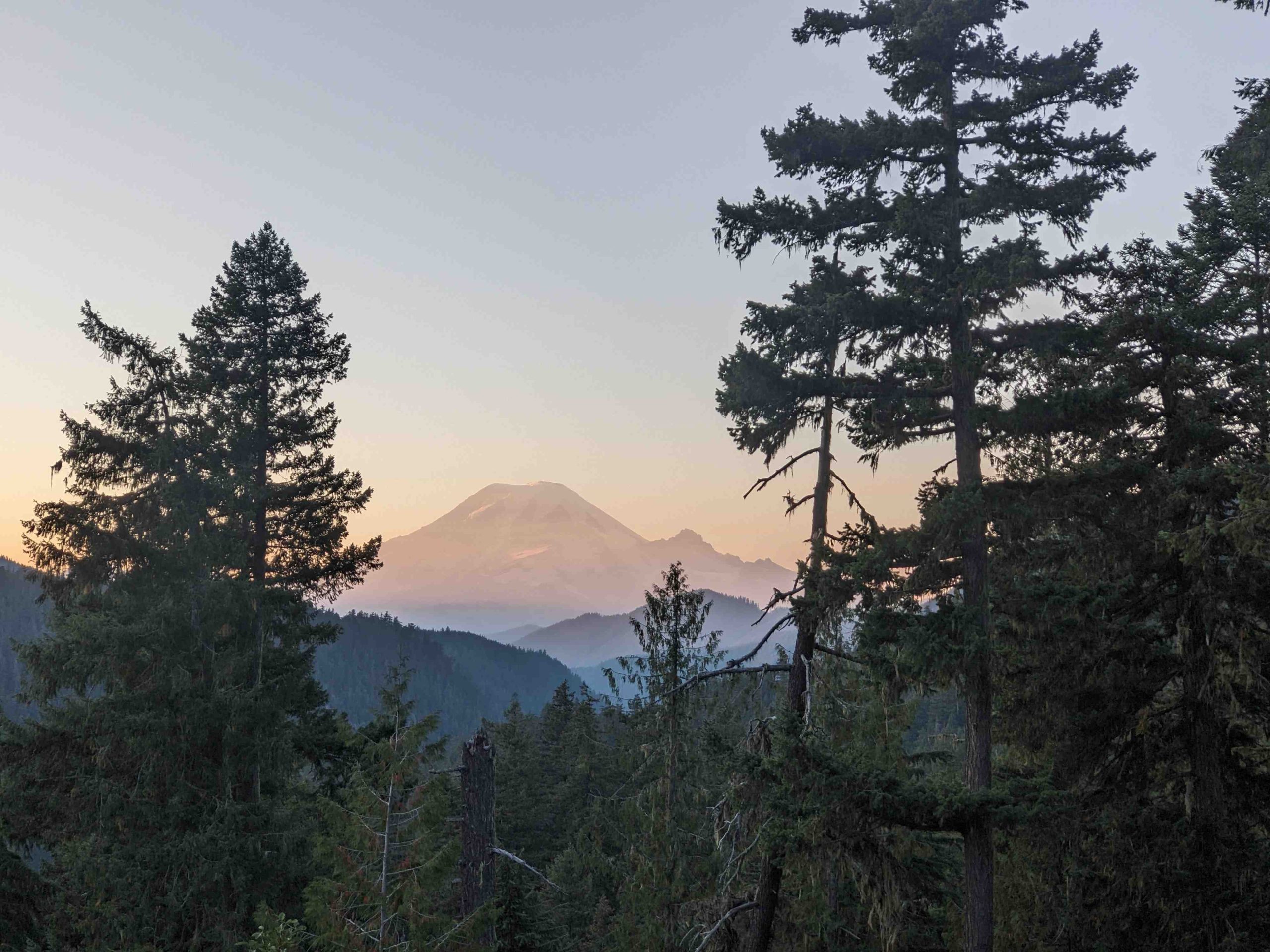Mount Rainier, an iconic stratovolcano and the centerpiece of Mount Rainier National Park, has captivated visitors for generations. This comprehensive guide serves as your ultimate ‘Mount Rainier book,’ offering in-depth insights into the park’s natural wonders, hiking trails, photography opportunities, and rich history. From its diverse ecosystems to its challenging ascents, this guide covers everything you need to know about this majestic landmark in Washington State.
What Natural Features Make Mount Rainier Unique?

Mount Rainier National Park boasts an array of natural features that set it apart from other national parks:
- Towering Volcano: At 14,410 feet, Mount Rainier is the highest peak in the Cascade Range and the most glaciated mountain in the contiguous United States.
- Diverse Ecosystems: The park encompasses old-growth forests, subalpine meadows, and alpine zones, each hosting unique flora and fauna.
- Glacial System: Mount Rainier supports 25 named glaciers, forming the largest single-mountain glacier system in the lower 48 states.
- Wildflower Meadows: Subalpine areas burst with colorful wildflowers during summer, creating breathtaking displays.
Flora and Fauna
The park’s varied elevations support a rich biodiversity:
- Trees:
- Douglas firs
- Western red cedars
-
Mountain hemlocks
-
Wildlife:
- Black bears
- Mountain goats
- Roosevelt elk
-
Over 220 bird species
-
Wildflowers:
- Avalanche lilies
- Lupines
- Paintbrush
How Can Hikers Best Experience Mount Rainier?

Mount Rainier offers hiking opportunities for all skill levels. Here’s a guide to some of the park’s most notable trails:
Wonderland Trail
- Length: 93 miles
- Difficulty: Challenging
- Highlights: Circumnavigates the mountain, passing through all major life zones
Skyline Trail
- Length: 5.5 miles
- Difficulty: Moderate
- Highlights: Panoramic views, wildflower meadows, glimpses of glaciers
Grove of the Patriarchs
- Length: 1.5 miles
- Difficulty: Easy
- Highlights: Ancient old-growth forest, suspension bridge
| Trail Name | Length | Difficulty | Best Season |
|---|---|---|---|
| Wonderland | 93 mi | Challenging | Summer |
| Skyline | 5.5 mi | Moderate | Summer/Fall |
| Grove of the Patriarchs | 1.5 mi | Easy | Year-round |
What Are the Best Photography Spots in Mount Rainier?
For photographers, Mount Rainier is a paradise. Here are some prime locations and tips:
- Reflection Lakes: Capture stunning reflections of Mount Rainier at sunrise.
- Paradise: Known for its wildflower meadows and panoramic mountain views.
- Sunrise Point: Offers dramatic views of the mountain and surrounding valleys.
- Christine Falls: A picturesque waterfall framed by an stone bridge.
Photography Tips
- Use a wide-angle lens for sweeping landscapes.
- Bring a tripod for low-light and long-exposure shots.
- Visit during the ‘golden hours’ just after sunrise or before sunset for optimal lighting.
What Is the Geological History of Mount Rainier?
Mount Rainier’s geological story is one of fire and ice:
- Formation: Began forming about 500,000 years ago through successive lava flows and debris deposits.
- Last Eruption: Approximately 150 years ago, with ongoing minor seismic activity.
- Glacial Sculpting: The mountain’s current shape is largely due to glacial erosion during ice ages.
Potential Hazards
- Lahars: Volcanic mudflows pose the greatest threat to surrounding communities.
- Earthquakes: The region is seismically active, with potential for significant quakes.
- Avalanches: Common in winter and spring, particularly on steeper slopes.
How Has Mount Rainier Influenced Human History?
Mount Rainier has played a significant role in human history:
- Native American Significance: Revered by local tribes for thousands of years.
- European Discovery: First sighted by European explorers in the late 18th century.
- National Park Establishment: Designated as the fourth national park in 1899.
- Climbing History: First documented summit reached in 1870 by Hazard Stevens and Philemon Van Trump.
Conservation Milestones
- 1988: 97% of the park designated as wilderness
- 1997: Park recognized as a National Historic Landmark for its rustic architecture
What Visitor Facilities Are Available at Mount Rainier?
Mount Rainier National Park offers various facilities to enhance visitor experience:
- Visitor Centers:
- Paradise: Open year-round with exhibits and information
- Sunrise: Seasonal center with panoramic views
-
Ohanapecosh: Focus on old-growth forests and local ecology
-
Lodging:
- Paradise Inn: Historic lodge open seasonally
-
National Park Inn: Open year-round at Longmire
-
Campgrounds:
- Cougar Rock
- Ohanapecosh
-
White River
-
Dining:
- Paradise Inn Dining Room
- National Park Inn Dining Room
- Seasonal cafeterias at visitor centers
How Can Visitors Prepare for a Trip to Mount Rainier?
Proper preparation is key to enjoying Mount Rainier safely:
- Check Weather: Conditions can change rapidly; always check the forecast.
- Gear Up: Bring appropriate clothing, footwear, and equipment for your planned activities.
- Obtain Permits: Required for backcountry camping and climbing above 10,000 feet.
- Learn Leave No Trace: Practice responsible tourism to protect the park’s ecosystems.
- Stay Informed: Check the park’s official website for current conditions and alerts.
By exploring this comprehensive ‘Mount Rainier book,’ visitors can gain a deeper appreciation for this natural wonder and plan an unforgettable trip to one of America’s most beloved national parks.
References:
1. Mount Rainier National Park – National Park Service
2. Mount Rainier – Wikipedia
3. Visit Rainier – Official Tourism Site

